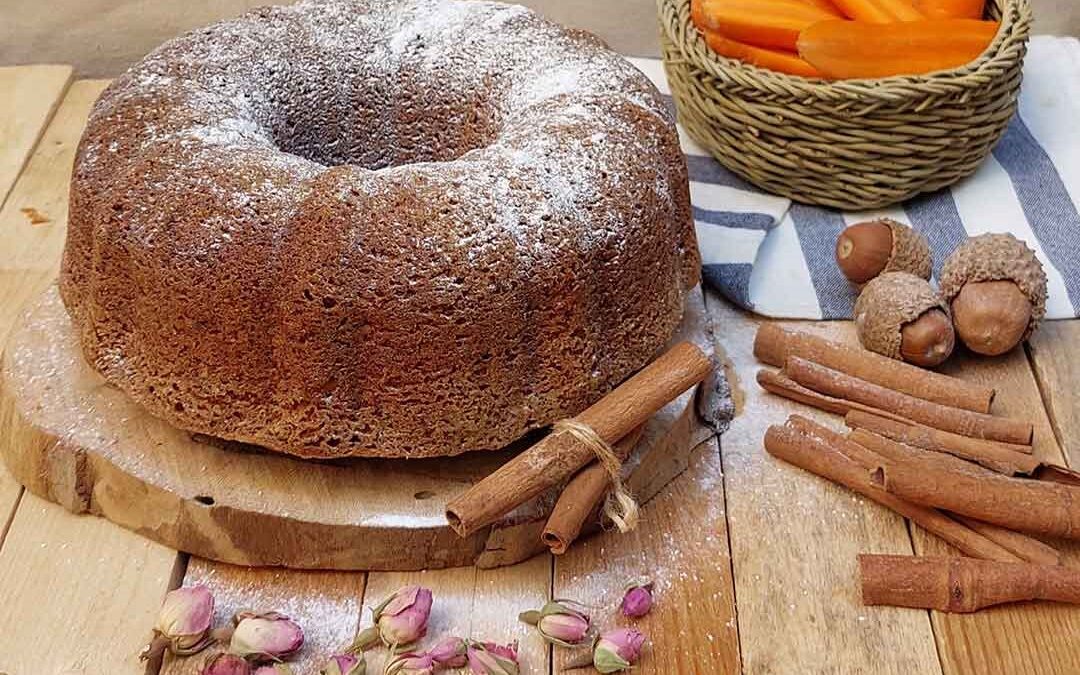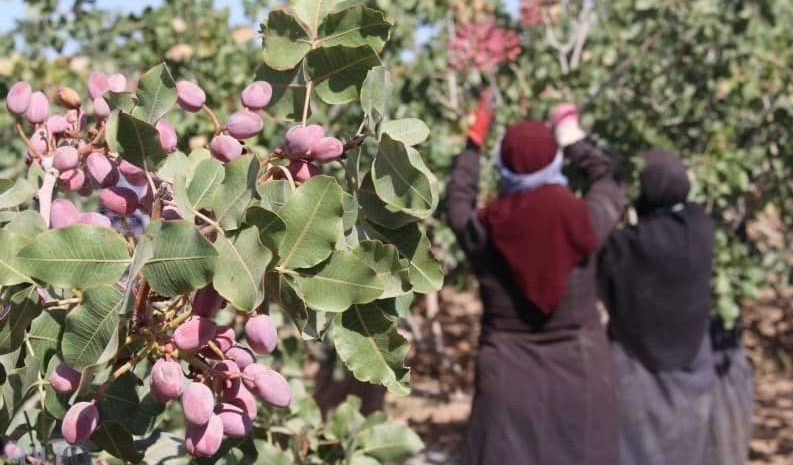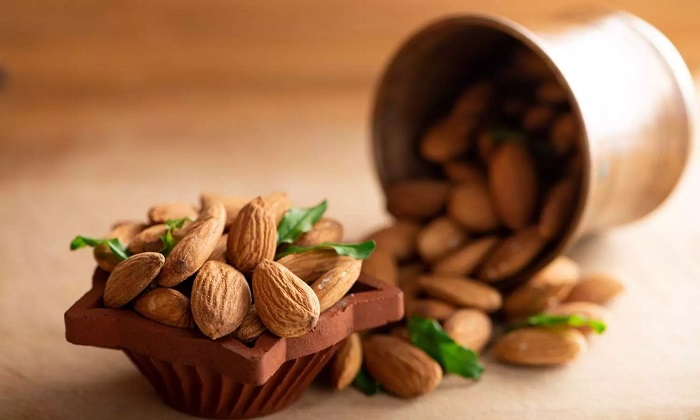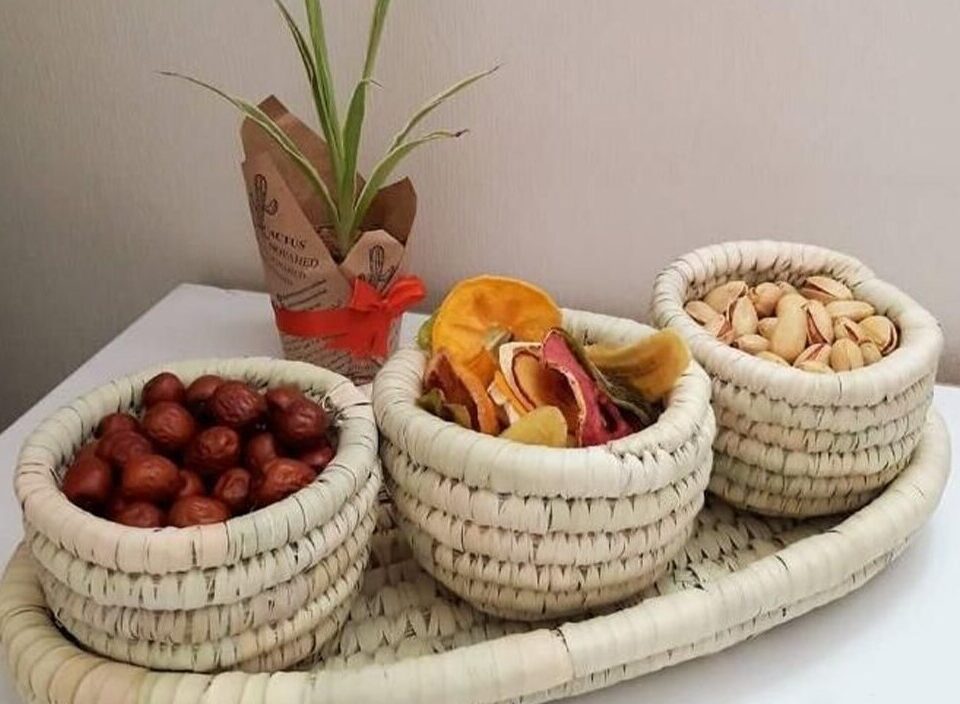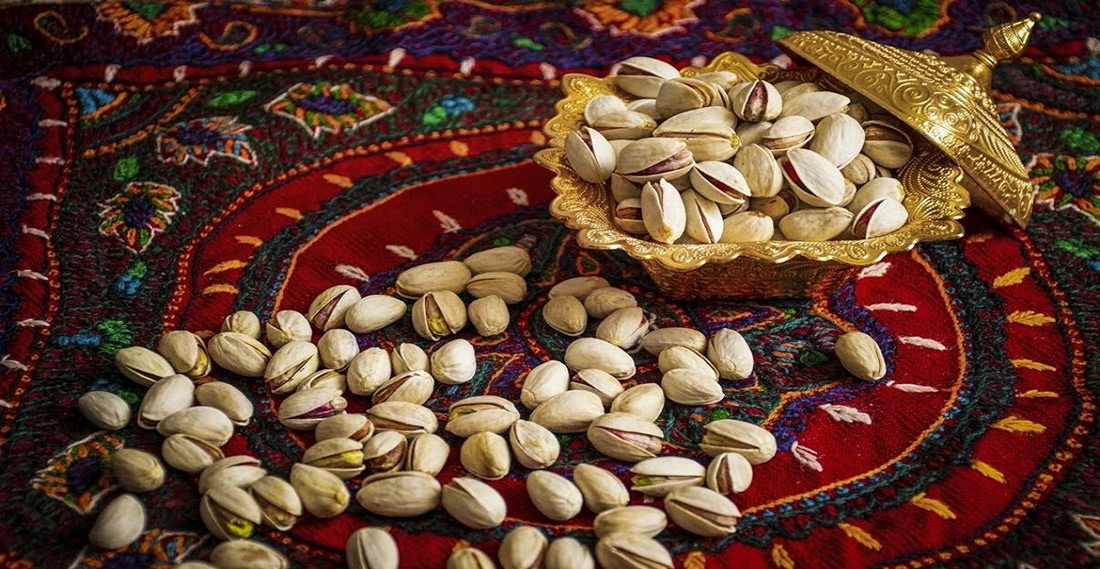
History of Pistachio Cultivation in Iran
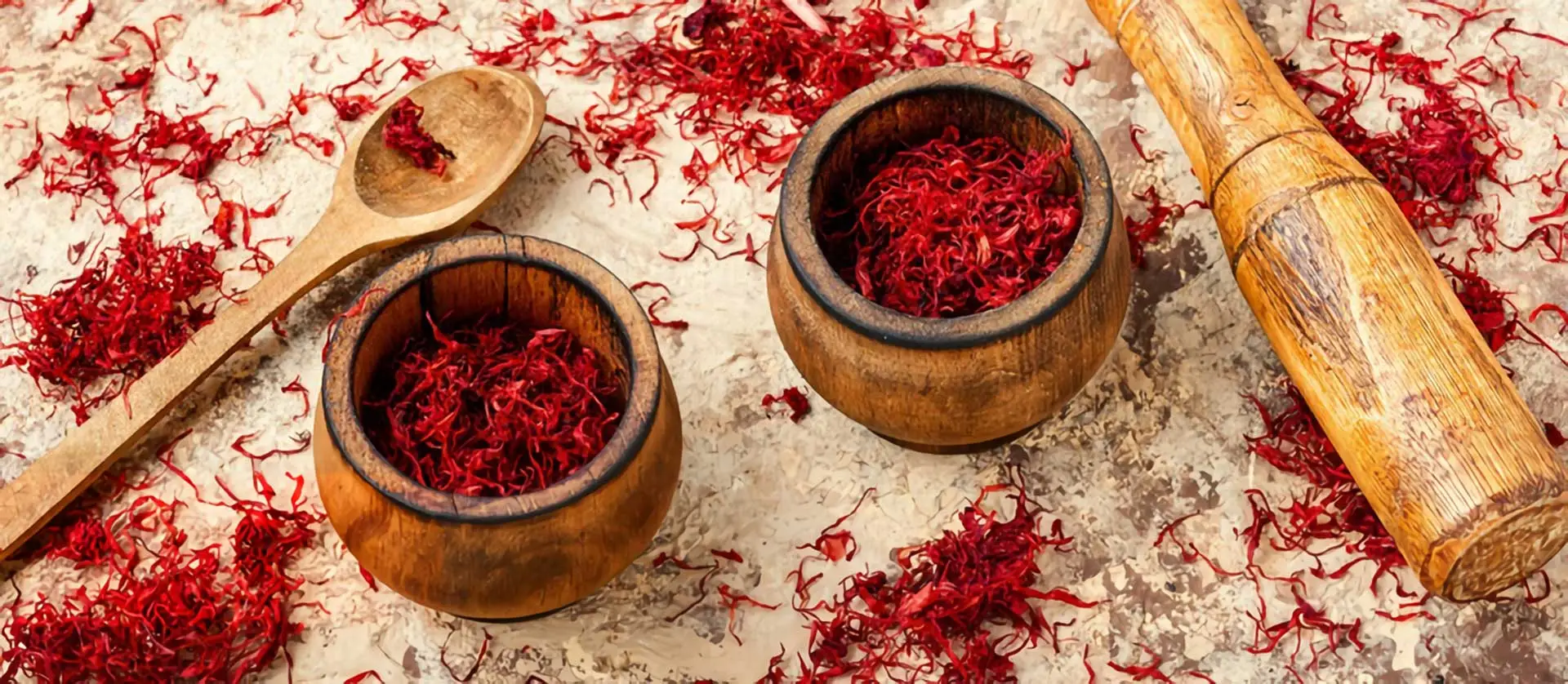
The Global Popularity of Iranian Saffron
Spices That Can Enhance Your Baked Goods
Iranian cuisine is renowned for its use of fragrant, flavorful spices that add depth and complexity to both savory and sweet dishes. While many of these spices are traditionally used in Persian stews, rice dishes, and desserts, they can also be incorporated into baked goods to bring new and exciting flavors to your kitchen. Here are some unique Iranian spices that can enhance your baked goods, from cakes and cookies to breads and pastries.
1. Cardamom (Hel)
Cardamom is one of the most widely used spices in Iranian cooking, especially in sweets and baked goods. It has a sweet, citrusy, and slightly spicy flavor that pairs beautifully with both light and rich desserts. Cardamom’s aromatic profile can brighten up cakes, cookies, and even breads.
How to Use Cardamom in Baking:
- Cakes and Muffins: Add ground cardamom to sponge cakes, pound cakes, or muffins for a warm, fragrant twist.
- Persian Love Cake: A traditional Persian cake often flavored with cardamom and rosewater, this cake is moist and aromatic, perfect for special occasions.
- Cookies: Mix cardamom into shortbread or sugar cookie dough for a hint of spice that complements sweet treats.
Why Cardamom is Great for Baking:
- Its sweet and spicy notes balance the richness of butter and sugar, making it ideal for desserts that need a warm, aromatic lift.
- Cardamom pairs well with other flavors like vanilla, almond, and citrus, adding depth to your baked goods.

Persian Cardamom (Hel)
2. Saffron (Zafaran)
Saffron, often referred to as “red gold,” is one of the most luxurious and prized spices in Iranian cuisine. Known for its golden color and subtle, floral flavor, saffron can add both beauty and elegance to your baked goods.
How to Use Saffron in Baking:
- Saffron Cake: A traditional Persian saffron cake, Cake-e Sharbati, is flavored with saffron and rosewater, creating a fragrant and colorful dessert.
- Saffron Bread: Add saffron to bread dough to create golden-hued, aromatic loaves. Saffron pairs particularly well with sweet breads or rolls, especially when paired with honey or nuts.
- Saffron Rice Pudding: Saffron is commonly used in Sholeh Zard, a Persian rice pudding, but the flavors can easily be adapted for saffron-infused cakes or puddings.
Why Saffron is Great for Baking:
- Saffron imparts a beautiful golden color and a distinctive floral flavor that can elevate simple baked goods to a new level of sophistication.
- A little saffron goes a long way, making it perfect for a subtle yet impactful flavor in both sweet and savory bakes.
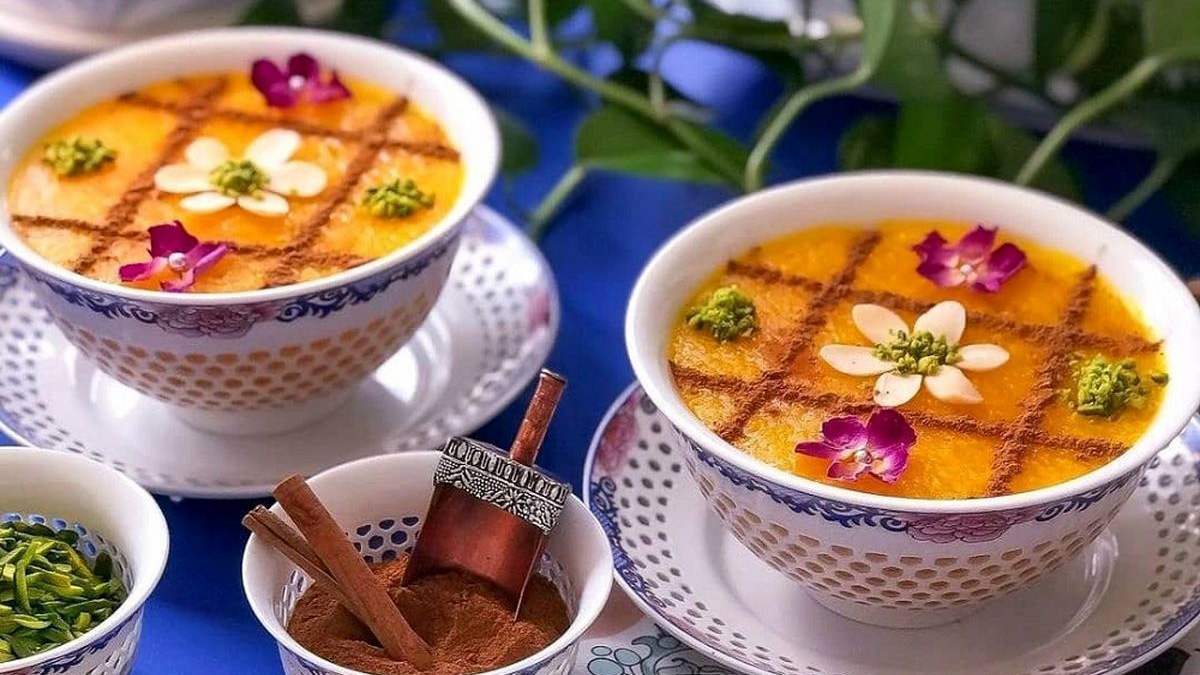
Sholeh Zard
3. Rosewater (Gol-e-Sorkh)
Rosewater is a staple in Persian desserts and is widely used to add a delicate floral note to baked goods. Made from distilled rose petals, rosewater has a sweet, fragrant flavor that pairs beautifully with rich, buttery pastries and cakes.
How to Use Rosewater in Baking:
- Persian Love Cake: Rosewater is a key ingredient in this romantic and fragrant cake, often paired with cardamom and saffron.
- Buttercream and Frostings: Add rosewater to buttercream or glazes for cakes and cupcakes to give them a delicate floral note.
- Shortbread and Cookies: Incorporate rosewater into shortbread dough for a subtle, elegant flavor, or use it in frosting for sugar cookies.
Why Rosewater is Great for Baking:
- Its floral flavor adds a unique and sophisticated twist to baked goods, making desserts feel special and luxurious.
- Rosewater complements other flavors like almond, cardamom, and pistachio, enhancing the overall taste of your desserts.

Rosewater (Gol-e-Sorkh)
4. Cinnamon (Darchin)
Cinnamon is a versatile spice used in both sweet and savory Persian dishes, and it has a warm, sweet-spicy flavor that works beautifully in baked goods. While cinnamon is widely used across many cuisines, its application in Iranian baking often comes with unique combinations of other spices and nuts.
How to Use Cinnamon in Baking:
- Persian Cinnamon Rolls: Enhance classic cinnamon rolls by incorporating cinnamon with cardamom and saffron for a Persian twist.
- Baklava: Cinnamon is often used in Persian baklava, layered with nuts and sugar syrup, creating a rich and fragrant pastry.
- Spiced Cakes and Bread: Add cinnamon to cakes, cookies, or bread doughs for an earthy warmth that complements other spices like cardamom and ginger.
Why Cinnamon is Great for Baking:
- Cinnamon adds warmth and complexity to sweet bakes, pairing well with sugar, nuts, and dried fruits.
- Its versatility makes it a great spice for a wide variety of baked goods, from cookies and cakes to bread and pastries.
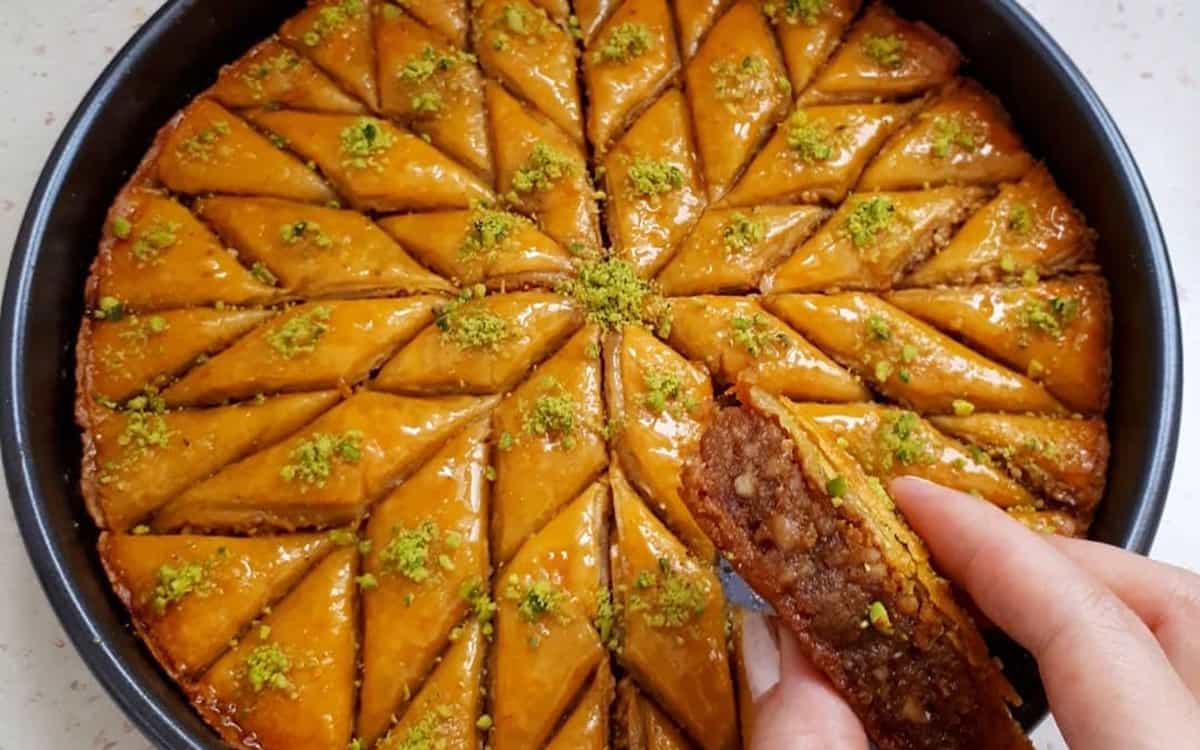
baklava
5. Dried Rose Petals (Gol-e-Sorkh)
Dried rose petals are a common ingredient in Persian cooking, used for both their flavor and their visual appeal. They add a fragrant, floral note to sweets and baked goods, and can also be used as a decorative garnish.
How to Use Dried Rose Petals in Baking:
- Decorative Garnish: Sprinkle dried rose petals on top of cakes, cupcakes, or cookies to add an elegant, romantic touch.
- Infused Syrups: Create a rose-infused syrup to drizzle over cakes or pastries for added sweetness and floral notes.
- Rose Petal Cake: Incorporate ground rose petals into cake batter or frosting for an extra layer of floral flavor and aroma.
Why Dried Rose Petals are Great for Baking:
- They add a delicate floral note to baked goods, enhancing the flavor and adding a luxurious touch to desserts.
- Their vibrant pink color makes them an attractive garnish, perfect for special occasions or celebratory cakes.
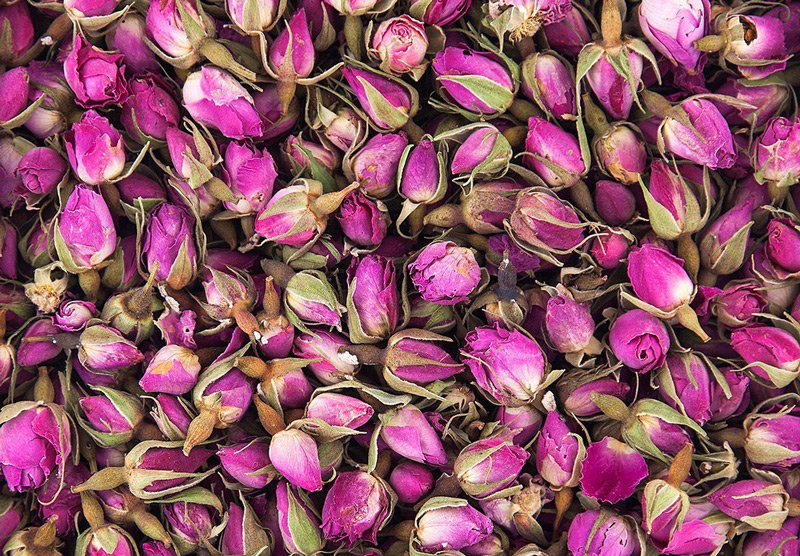
Rosewater and Dried Rose Petals (Gol-e-Sorkh)
6. Sumac (Somagh)
Sumac is typically known for its use in savory Persian dishes, but its tangy, lemony flavor can also be an interesting addition to baked goods. Sumac adds brightness and acidity, uniquely balancing the sweetness of desserts.
How to Use Sumac in Baking:
- Sumac Lemon Bars: Add sumac to lemon bars or citrus-based desserts to enhance the tartness and introduce a subtle, tangy twist.
- Spiced Cookies: Use sumac in spiced cookie doughs or shortbreads, pairing it with other warm spices like cinnamon and cardamom.
- Sumac Cake Glaze: Create a tangy sumac glaze to drizzle over-pound cakes or muffins for a refreshing burst of flavor.
Why Sumac is Great for Baking:
- Sumac’s tangy, lemony flavor adds brightness to desserts, balancing out sweetness and giving a refreshing twist to classic recipes.
- It pairs well with other citrus flavors, making it ideal for summer desserts or light, fruity cakes.
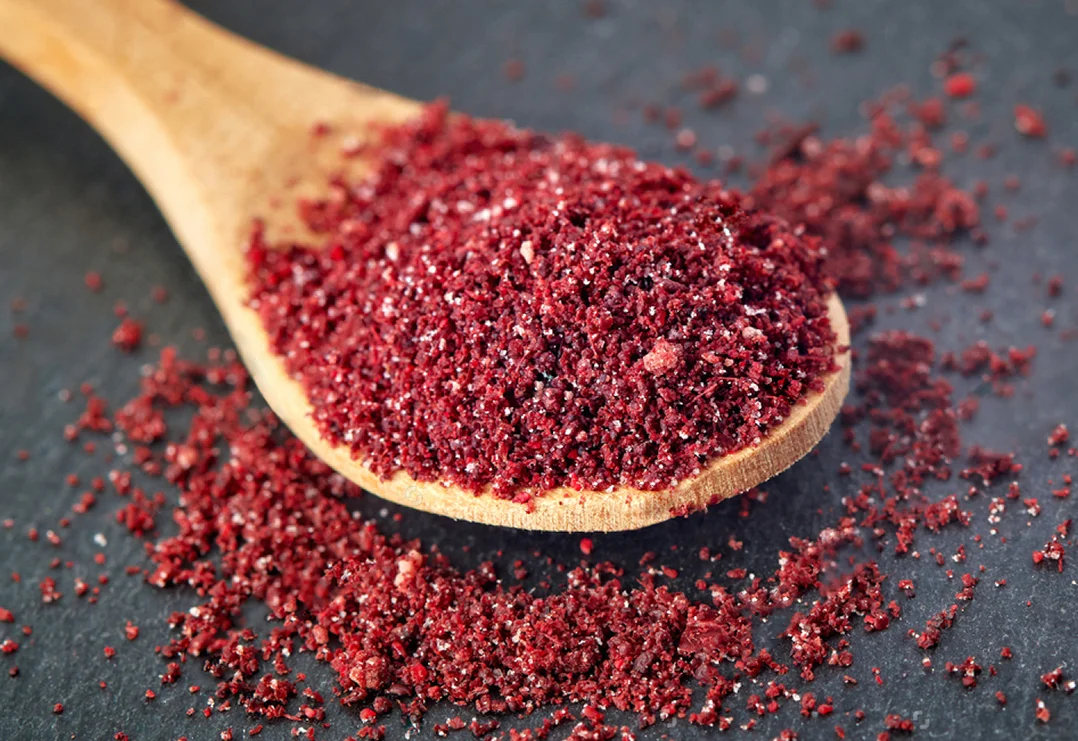
Persian Sumac
7. Nutmeg (Joz-e-Hindi)
Nutmeg is a warm, spicy-sweet spice that is commonly used in Persian baking, often paired with cinnamon and cardamom. Its earthy, nutty flavor works well in both sweet and savory bakes.
How to Use Nutmeg in Baking:
- Spiced Bread: Add nutmeg to spiced bread recipes, such as banana bread or pumpkin bread, for an extra layer of warmth and depth.
- Cakes and Muffins: Use ground nutmeg in cake or muffin batter to complement other spices like cinnamon and cloves.
- Custards and Pies: Sprinkle nutmeg over custard-based desserts, tarts, or pies for a warm, aromatic finish.
Why Nutmeg is Great for Baking:
- Nutmeg’s rich, warming flavor adds complexity to sweet bakes, particularly in autumn and winter recipes.
- It pairs beautifully with spices like cinnamon and cloves, enhancing the overall flavor profile of spiced baked goods.
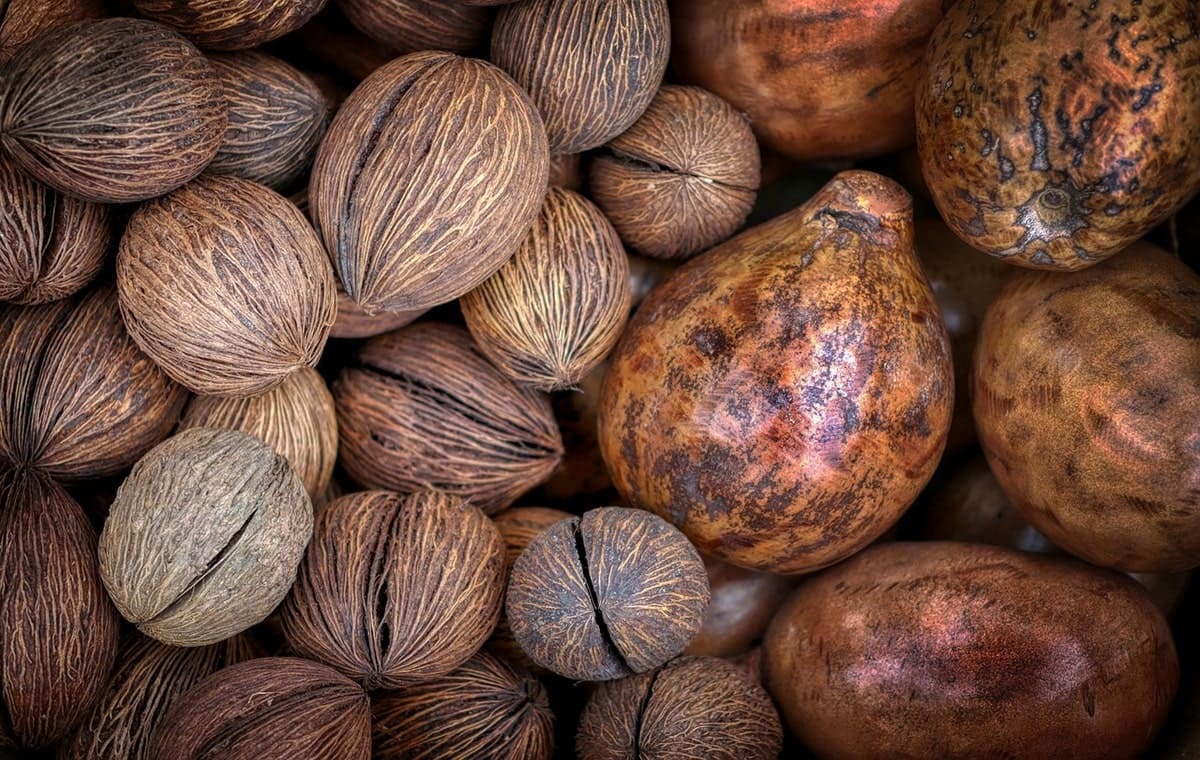
Nutmeg (Joz-e-Hindi)
8. Mahleb (Mahleb)
Mahleb is a lesser-known spice made from ground cherry pits, often used in Persian and Middle Eastern baking. It has a unique flavor, blending hints of cherry and almond, with a slightly bitter finish.
How to Use Mahleb in Baking:
- Persian Sweet Breads: Mahleb is traditionally used in sweet bread recipes, such as Naan-e Berenji (Persian rice flour cookies) or other festive breads.
- Cookies and Pastries: Add mahleb to cookie dough or pastry crusts for a subtle, almond-like flavor that enhances the overall taste.
- Cakes: Mahleb pairs beautifully with citrus and almond flavors, making it a perfect addition to cakes or scones.
Why Mahleb is Great for Baking:
- Mahleb’s unique flavor adds complexity and depth to baked goods, making it an excellent choice for festive or celebratory desserts.
- Its combination of almond and cherry notes can complement a wide variety of other flavors, especially in sweets and pastries.
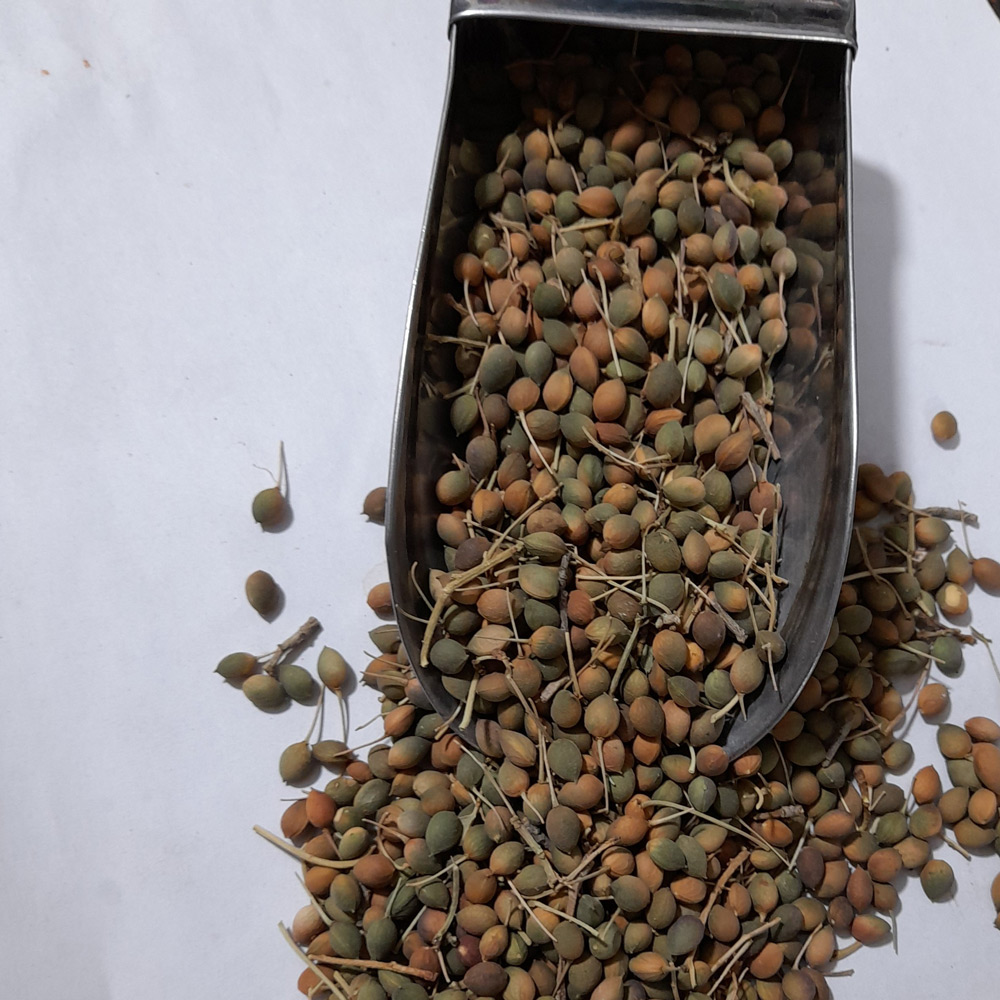
Mahleb (Mahleb)
Conclusion
Iranian spices like cardamom, saffron, rosewater, and cinnamon bring warmth, fragrance, and depth to baked goods, making them ideal for creating unique and memorable desserts. Whether you’re making a traditional Persian treat like Persian Love Cake or adding a new twist to your favorite cookie recipe, these spices can elevate your baking to new heights. By incorporating rose petals, sumac, or mahleb, you can experiment with flavors that are both bold and delicate, giving your baked goods a distinctly Iranian flair.

